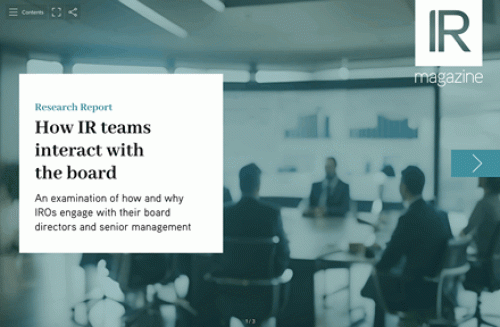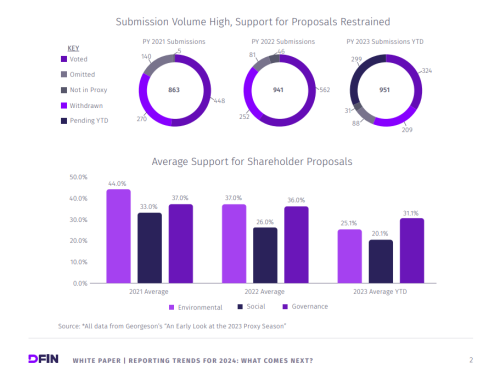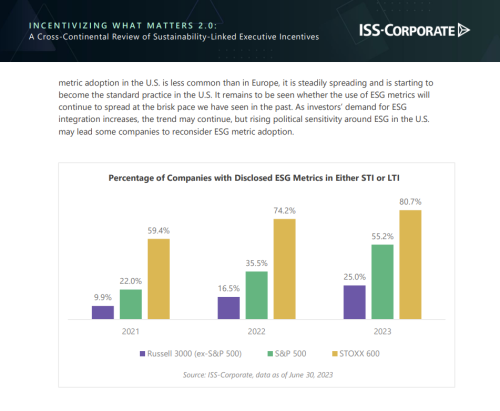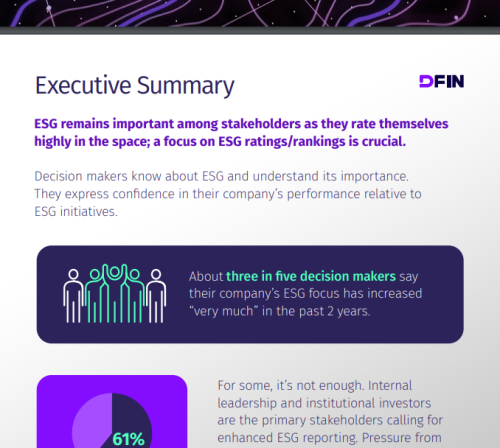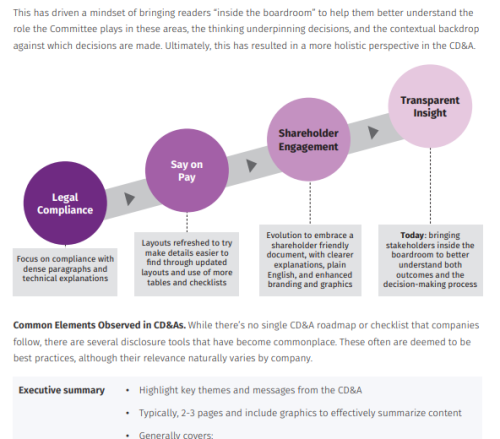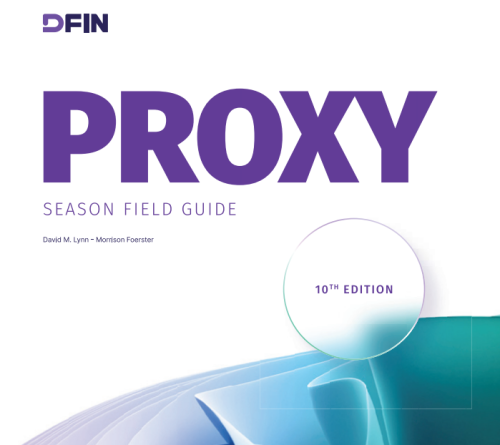The complex world of stock surveillance
If chief executives are the generals and IROs their lieutenants in the capital markets campaign, who is the secret service? The market intelligence firms, of course – aka stockwatch or stock surveillance. Snooping up and down the Street, leaving no stone unturned, decoding the myriad signals emitted by fund managers, stock exchange specialists, analysts and traders, stockwatch analysts are today's IR intelligence officers.
Admittedly, it is a disservice to the stockwatch folk to liken
You need to register to access 3 free deep dive articles per month. To continue reading please register or login below..
- Unlimited deep dives
- Data-driven research around key topics
- Buy-side insights
- Benchmarking reports
From
$1495

